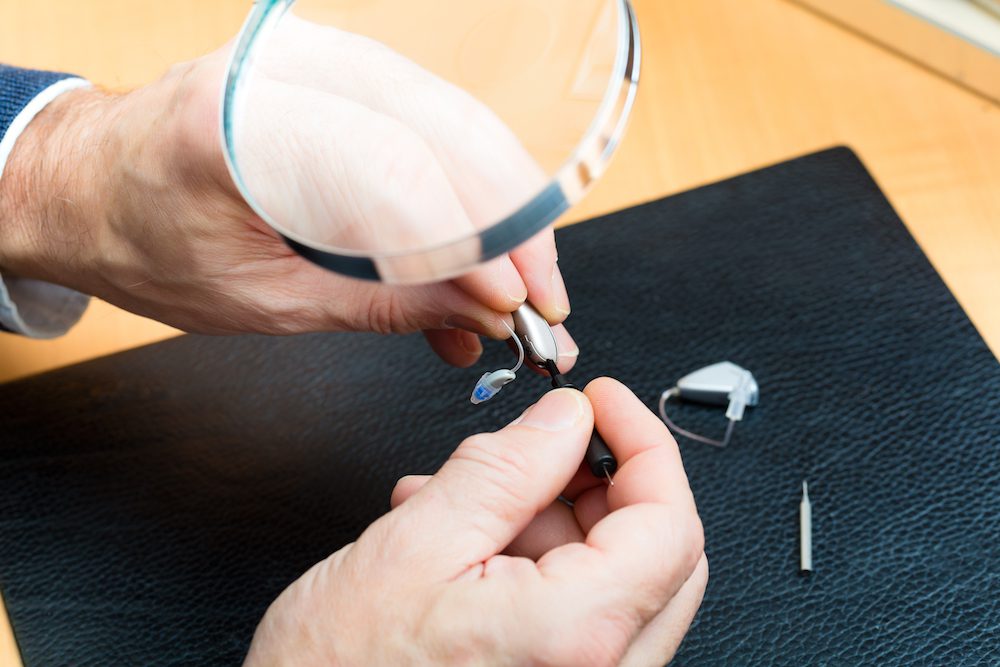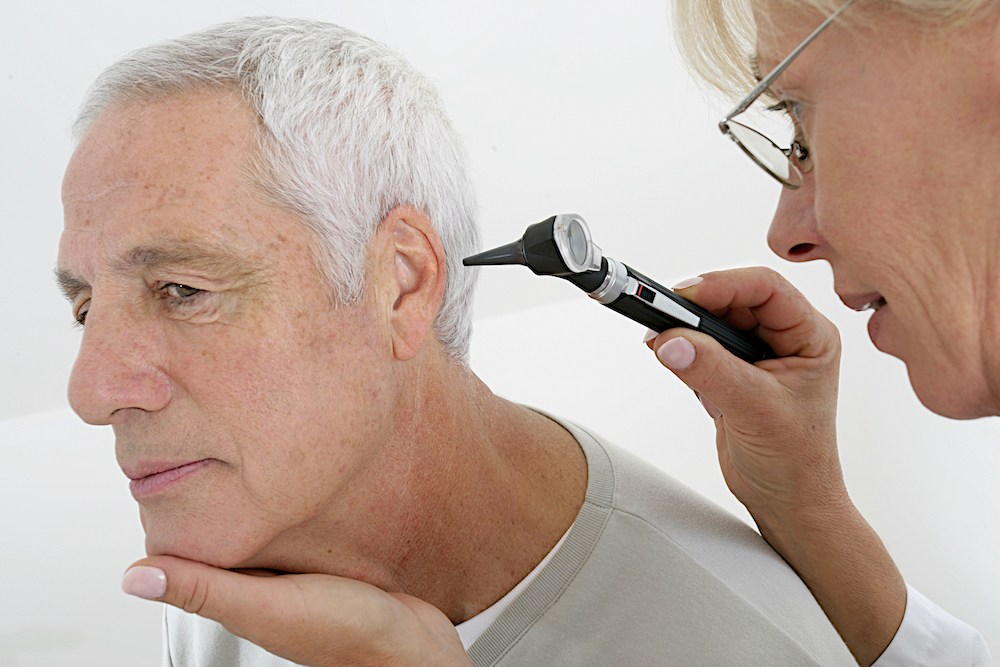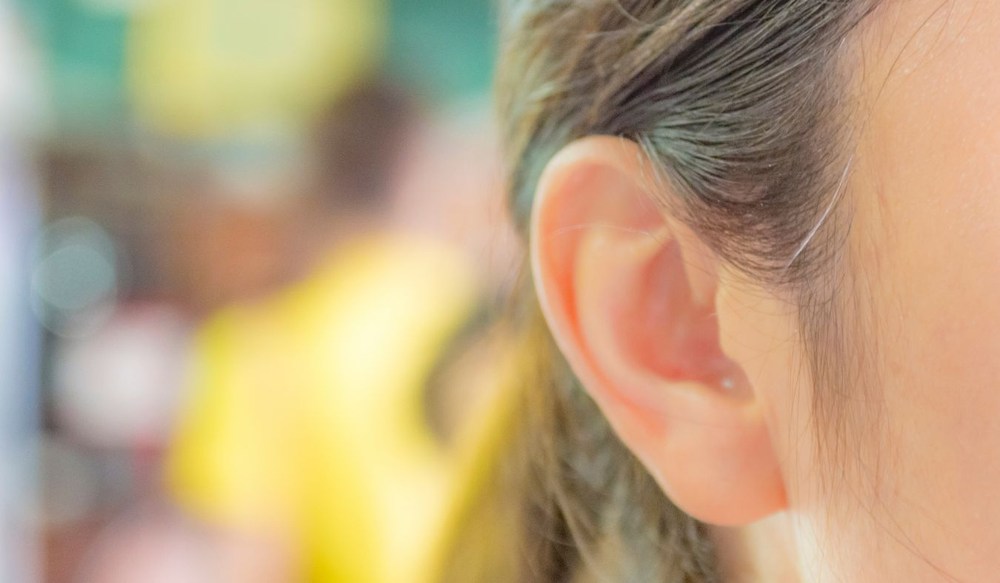How to Choose the Right Hearing Care Provider
Choosing a hearing care provider isn’t just about finding someone


Choosing a hearing care provider isn’t just about finding someone

Cultural sensitivity in hearing care goes beyond simply providing the same

When you bring your new baby home, you’re suddenly responsible for